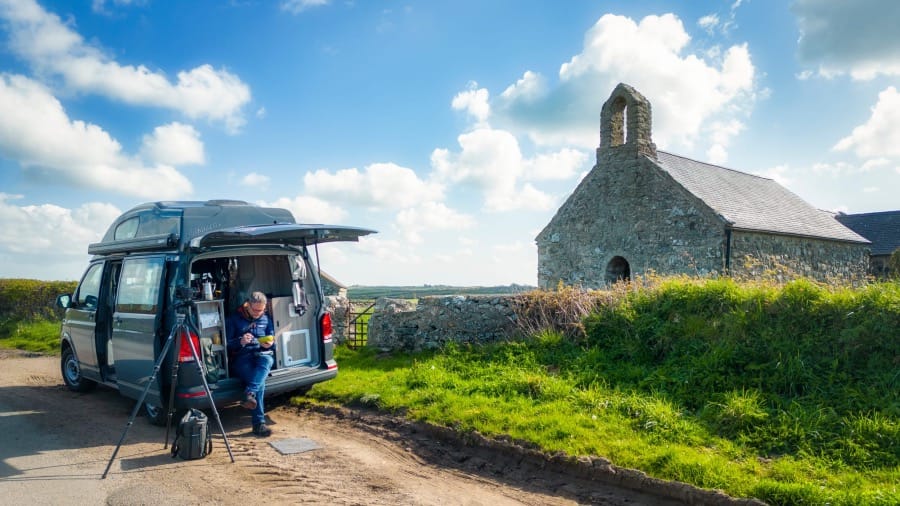
Compact Edition!
A very special thank you to all Members in the Paris WhatsApp group that kept me company in Paris last week. It really made a difference. 🙏
The relation between what we see and what we know is never settled. Each evening we see the sun set. We know that the earth is turning away from it. Yet the knowledge, the explanation, never quite fits the sight.
John Berger: Ways of Seeing
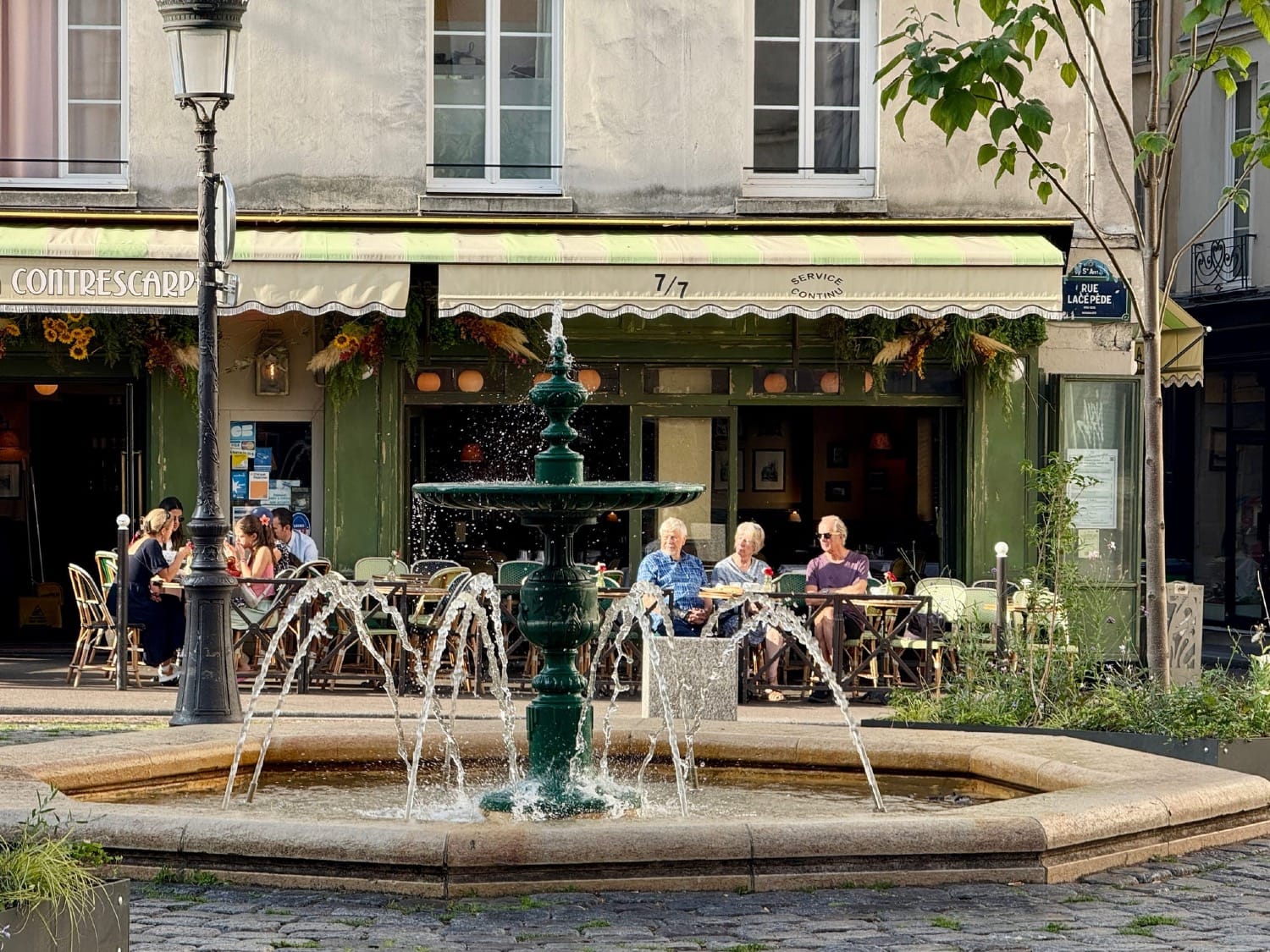
Unlearning
I’m in the Place de la Contrescarpe on my last day in Paris, charged with all the moments I’ve gathered. Paris, at its best, isn’t a thought but a sensation – something that shimmers like the aqueous glint that catches the underside of a bridge.
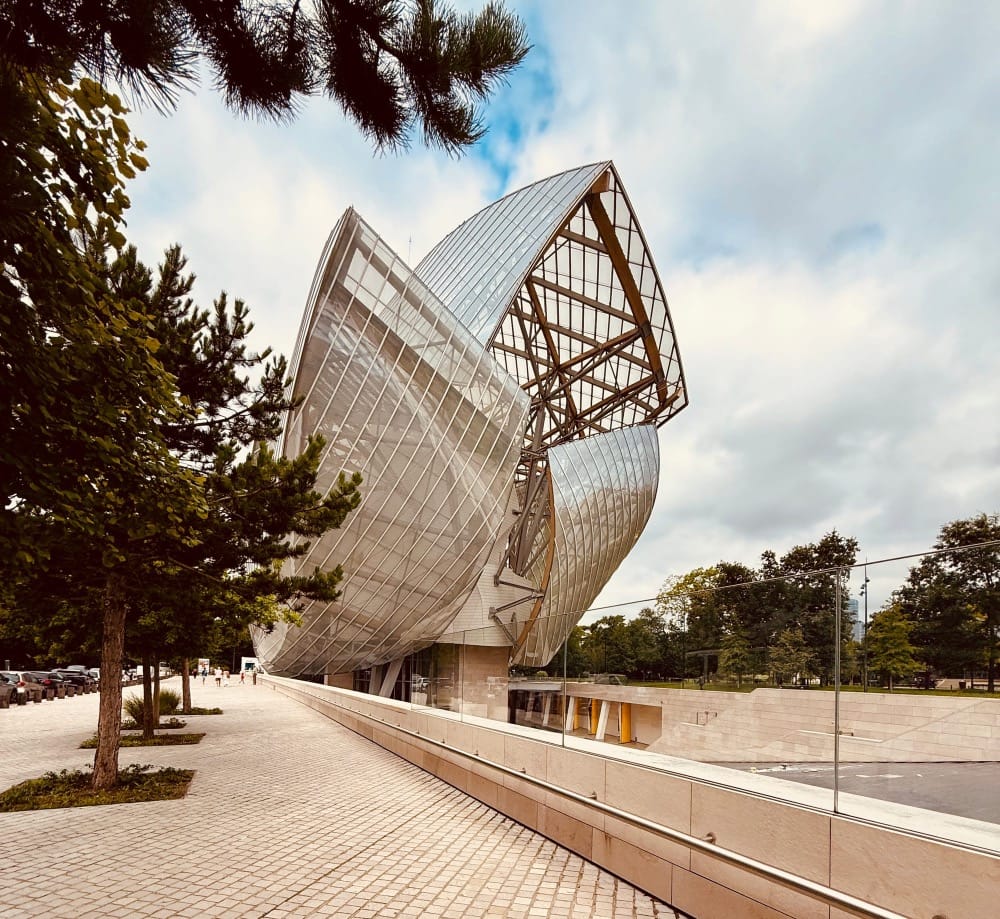
During these last few days I’ve taken in Hockney at Frank Gehry’s Fondation Louis Vuitton, Medieval art at the Musée de Cluny and the Tour de France along the Champs-Élysées. Also, by complete coincidence, I bumped into an artist called Marta Fonfara who contributed a delightful vignette of a chap in a Parisian bar to one of my favourite urban sketching books.
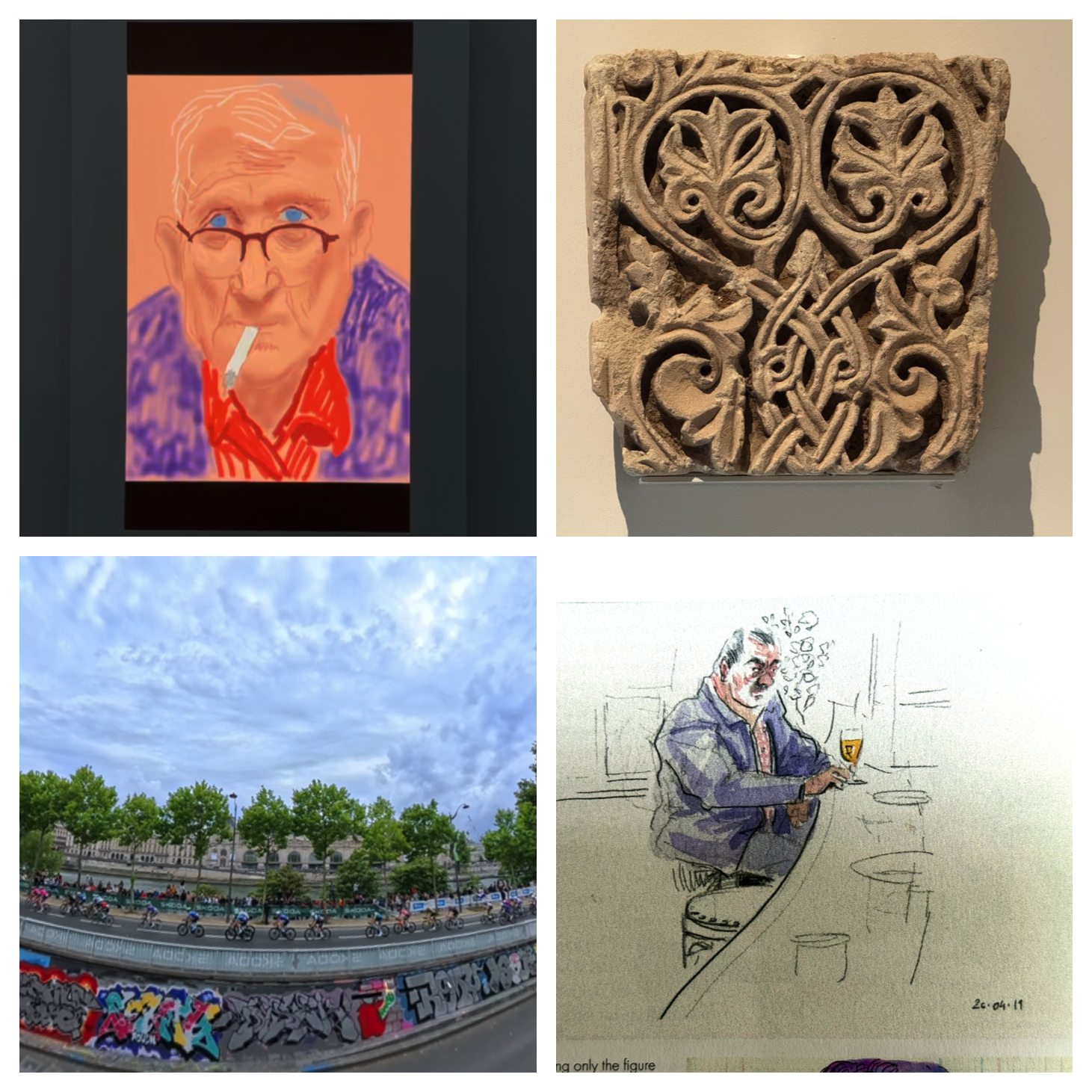
Part of the joy I feel as I sit with a vin rouge, watching life ripple through the square, is a deeper sense of connection and gratitude – an awareness of my place within a broader tapestry of culture, landscape, and shared human experience.
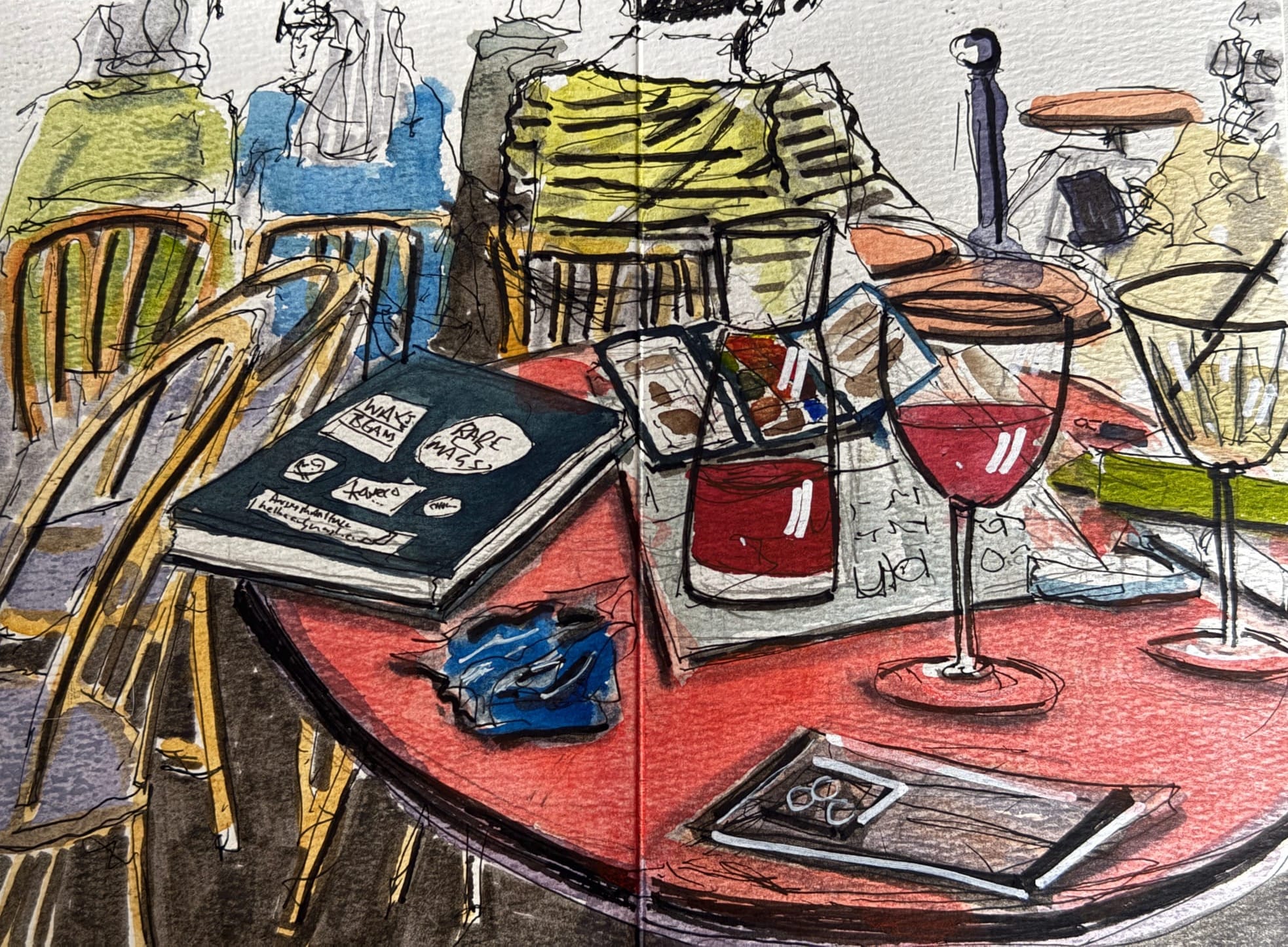
It was to be my visit to the Musée de Cluny that would kick-start this journey.
I’m stood in front of a Romanesque capital with a depiction of Christ in Majesty carved upon it. Whilst I spend a few minutes sketching and observing the lines of the sculpture an odd sensation takes over. It is as if this act of absorbent observation is unlocking a hidden dimension, something that reaches beyond the relic.
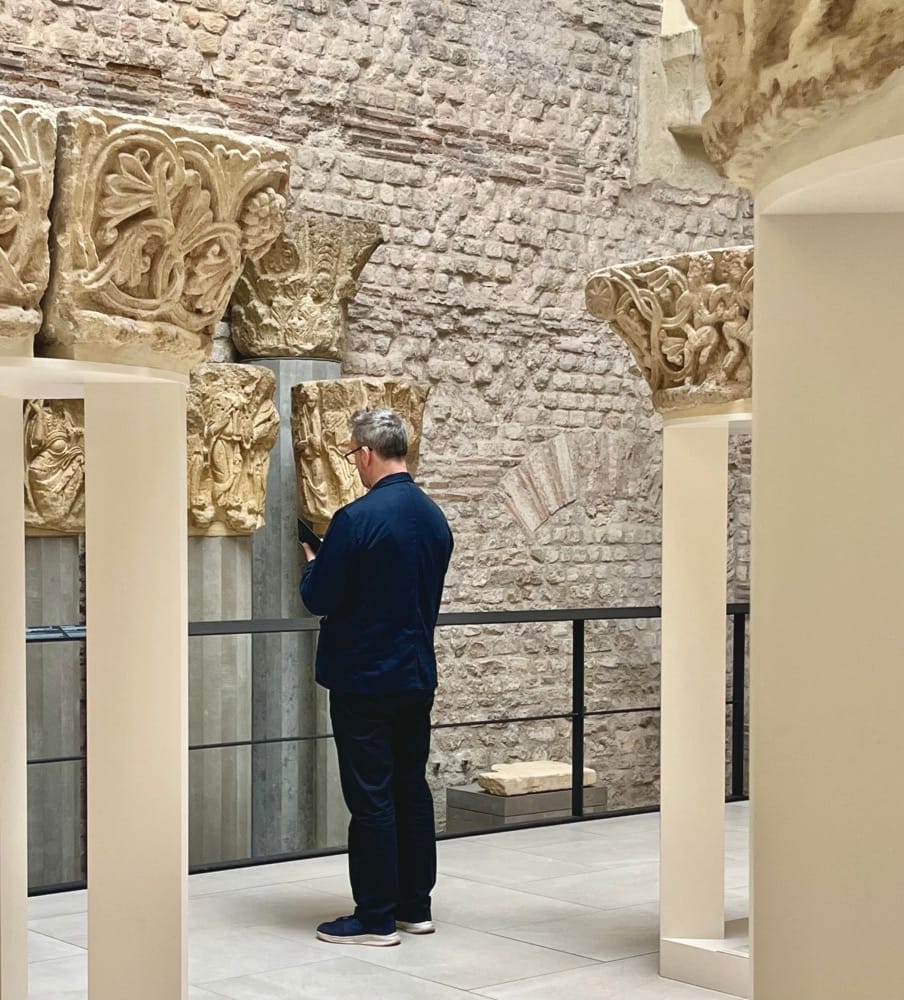
It is the sketching that is helping me unlearn the object I see before me. My unlearning is best captured by Frederick Franck’s words in The Zen of Seeing:
‘SEEING/DRAWING is the art of un-learning about things… While drawing grasses I learn nothing about grass, but wake up to the wonder of this grass and its growing, to the wonder that there is grass at all.’
As I continue sketching, gradually a shift occurs. My pen moves along the curves – the folds of his cloak, the swell of his abdomen, the arc of his hand – and slowly, I begin to sense something deeper, an essence beyond the cultural artefact before me, something that plucks the strings of all five senses.
At first I lose the date and time, then the French and the Romanesque and finally the Christ and the Majesty. It is only then that I begin to see it for what it really is.
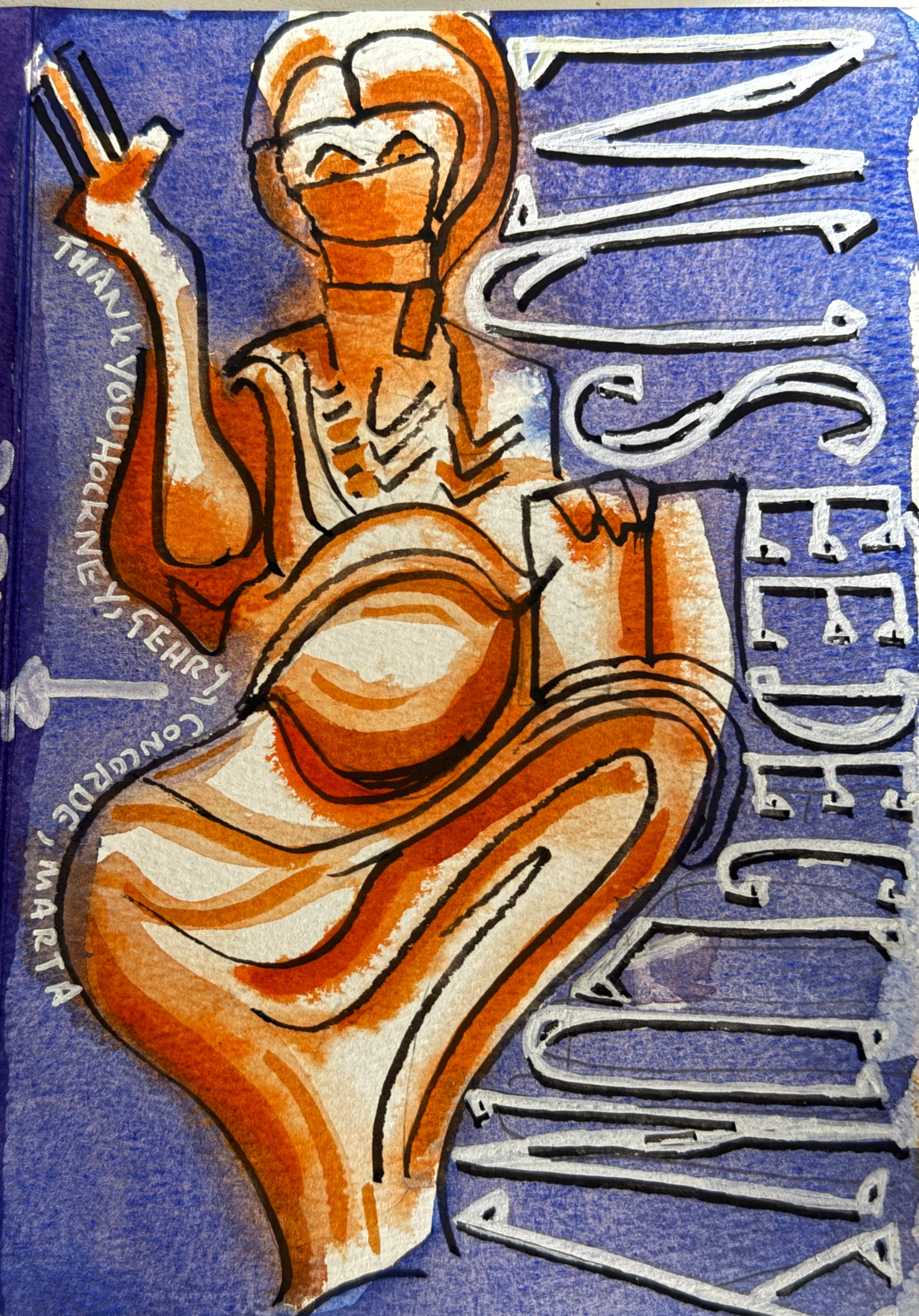
The sculpture embodies the intrinsic shape of things: the yin-yang S-curve, the essential gesture at the heart of fractals, repeating from the spiral of a shell to the bend of a river. Artist Alphonso Dunn calls it the Secret Line of Balance: a curve born of two forces leaning into harmony. Not quite symmetrical, never rigid – alive with tension and release. Environmental psychologist Lily Bernheimer describes fractals as having an ordered complexity – self-similar patterns that echo this same curve at every scale, whispering of our deep connectivity with the wider cosmos.
The S-curve carved into the Romanesque Christ in Majesty at Cluny resonates with a primordial rhythm recognised by scientists and artists alike. It is an innate pulse woven through the fabric of the universe, where the silent narrative of creation is embedded wordlessly.
As Sussman and Hollander put it in their book Cognitive Architecture, ‘Shapes carry weight. We do not look at the world as though all forms are equal; we are hardwired to register, respond to and prefer certain configurations over others – sometimes in the blink of an eye.’
And this is what I find so beautifully enlightening about the iconographic style: it never seeks to mimic the optics of perspective but instead draws on a fundamental grammar.
It wasn’t the sketching that first took me to the glimpse behind the curtain, but my photography – the layering up of visual experience, the slow-baked interactions with the patterns of the past.
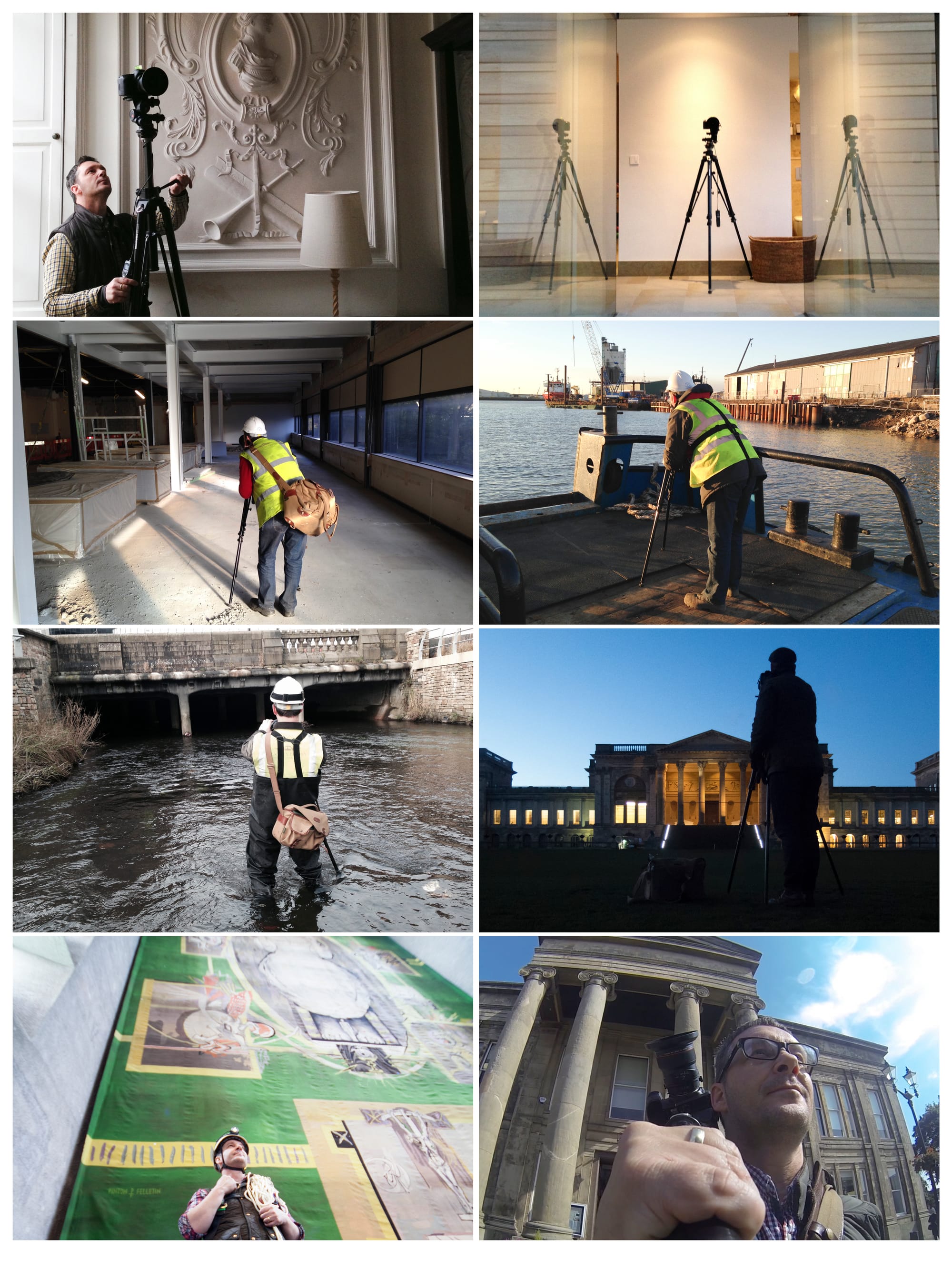
But the fluff and stuff of modernity gets in the way of all that beauty and we have to find ways of unlearning the world around us. I suppose my photography and art has helped me with the unlearning by developing a way of knowing before thought takes shape.
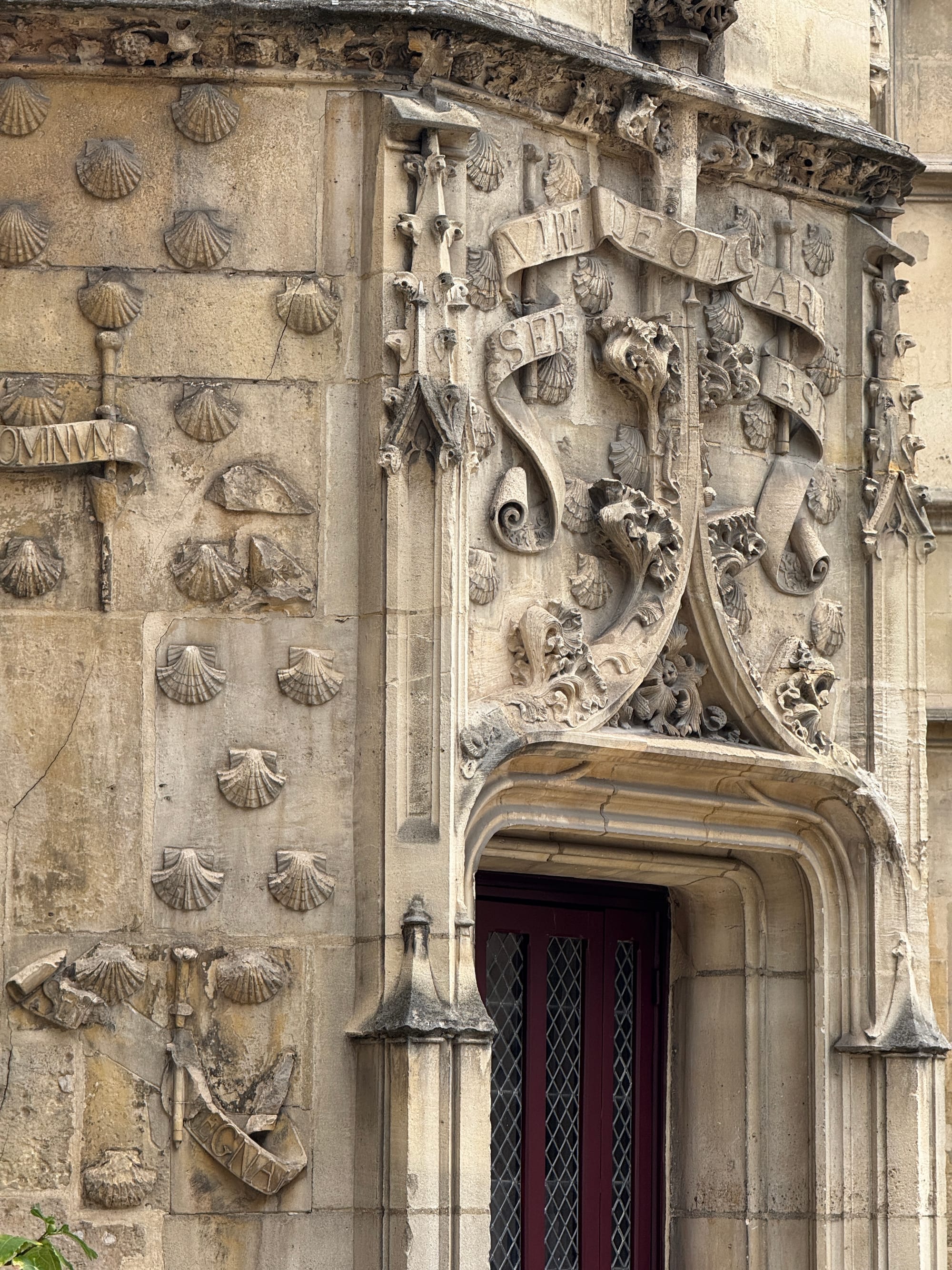
Here at the Musée, the unlearning is complete: the capital becomes a portal and takes me to Hockney. I’m swept from Cluny’s shadows to a bright canvas on a Yorkshire hillside. The road bending up Garrowby Hill runs through the sails of Gehry’s building, into a snaking murmuration of athletes around the Place de la Concorde, then onto the curve of Marta’s Parisian bar and straight into the lap of Christ’s cloak at Cluny.
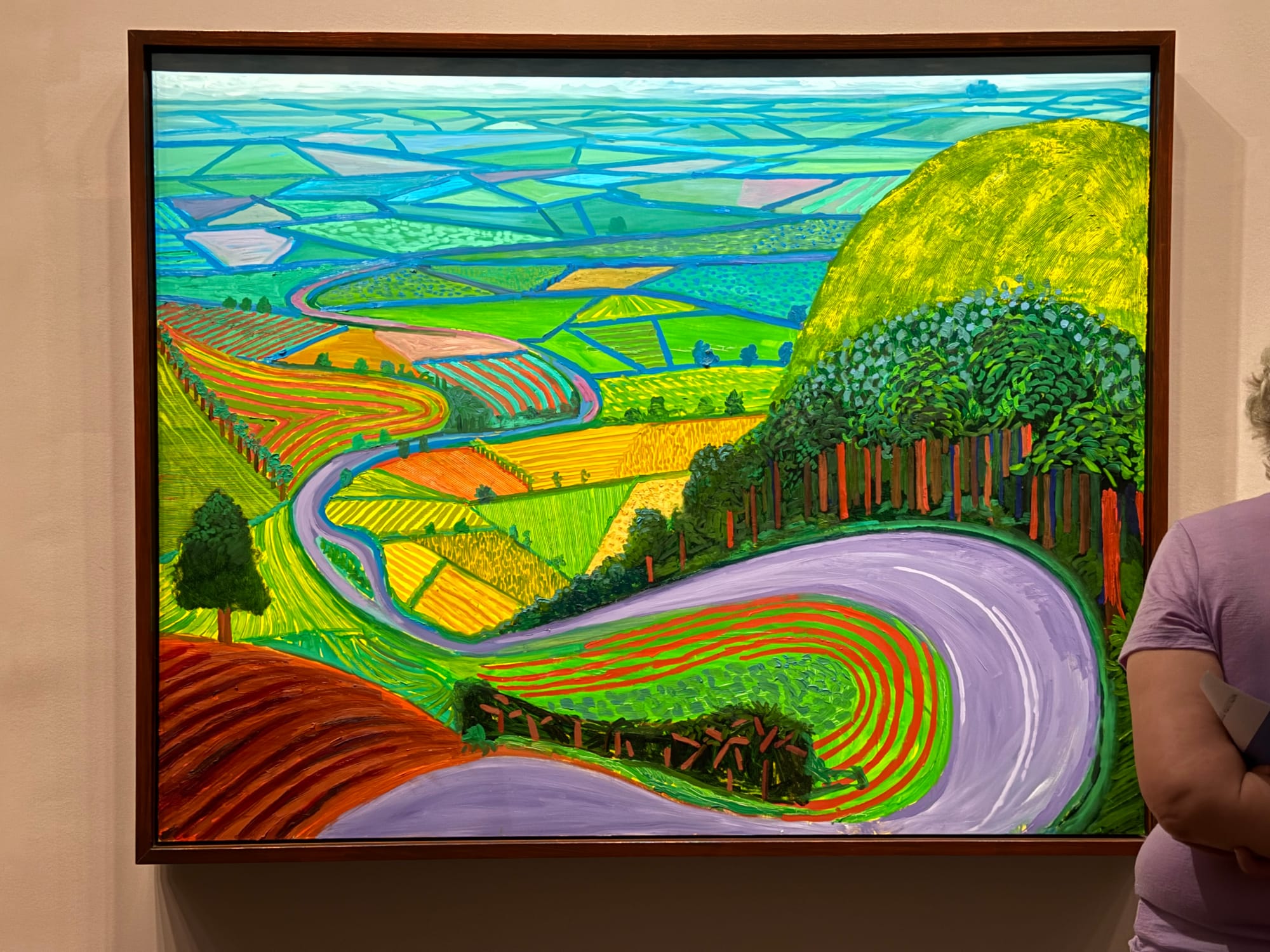
It all feels so connected, and over what must be a momentary release from this earth, Hockney, Gehry, Cluny, Concorde and Marta take me to Barnack and the textile vortex around a late Saxon* carving of Christ in Majesty. For this is where it all began for me – this felt sense, this way of seeing, this third eye.
Look at both the Barnack and the Cluny sculptures and unlearn them. Take away the miles between them and the English Channel. Remove the idea of nation states and feuding factions. Negate the English and the French and then look at them both again. What do you see?
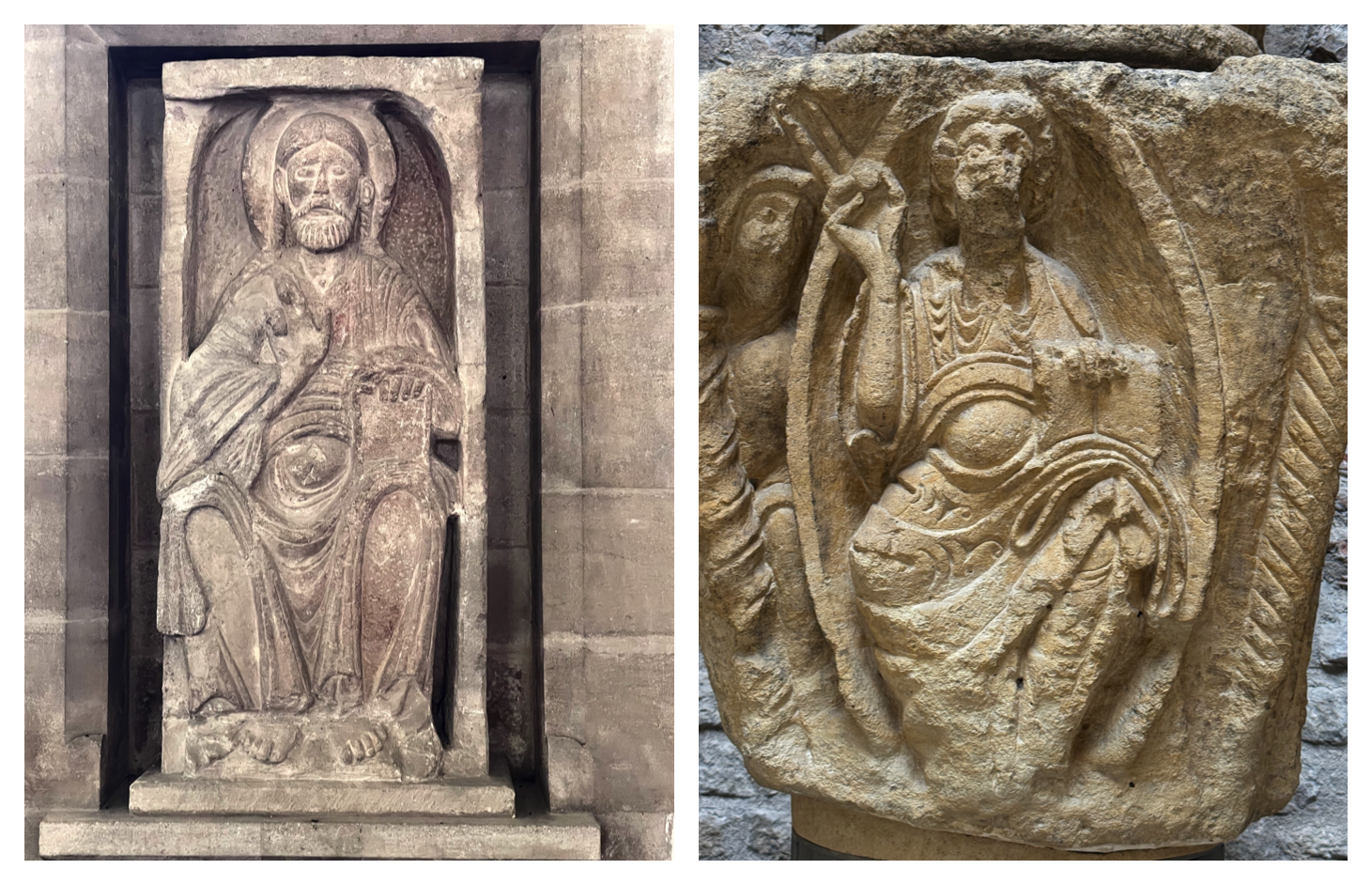
I find it deeply consoling that in a world which often feels splintered and chaotic, there is an underlying harmony – a hidden architecture that binds everything together.
Once you see it – it’s difficult to unsee. You can find it in the turn of a river, the twist of a vortex, the spiral of a whirlpool, the arteries of a leaf, or the tribal tattoos of a 2,500-year-old ice mummy.
This Secret Line of Balance, this fractal geometry, reflects the nature of our world – patterns repeating across scale, from the curl of a leaf to the arc of a galaxy. To recognise it is more than an aesthetic awakening; it is a way of returning to self – to the rhythms of nature, to the patterns that steady us when the world tilts. In times of overload and disconnection, these recurring forms offer us a path back to balance and belonging – a reminder that beneath the noise, there is order; beneath the fragments, a wholeness; and within us all, the capacity to see and to wonder. And perhaps, through unlearning the world around us, we learn more about ourselves than we ever imagined.

*Dates vary from the late C10th to the C12th.
Coming Next Week: Beyond the Postcard: Discover Hidden Paris
Next week we’ll wander through secret courtyards, faded façades and the sensory layers of the city.
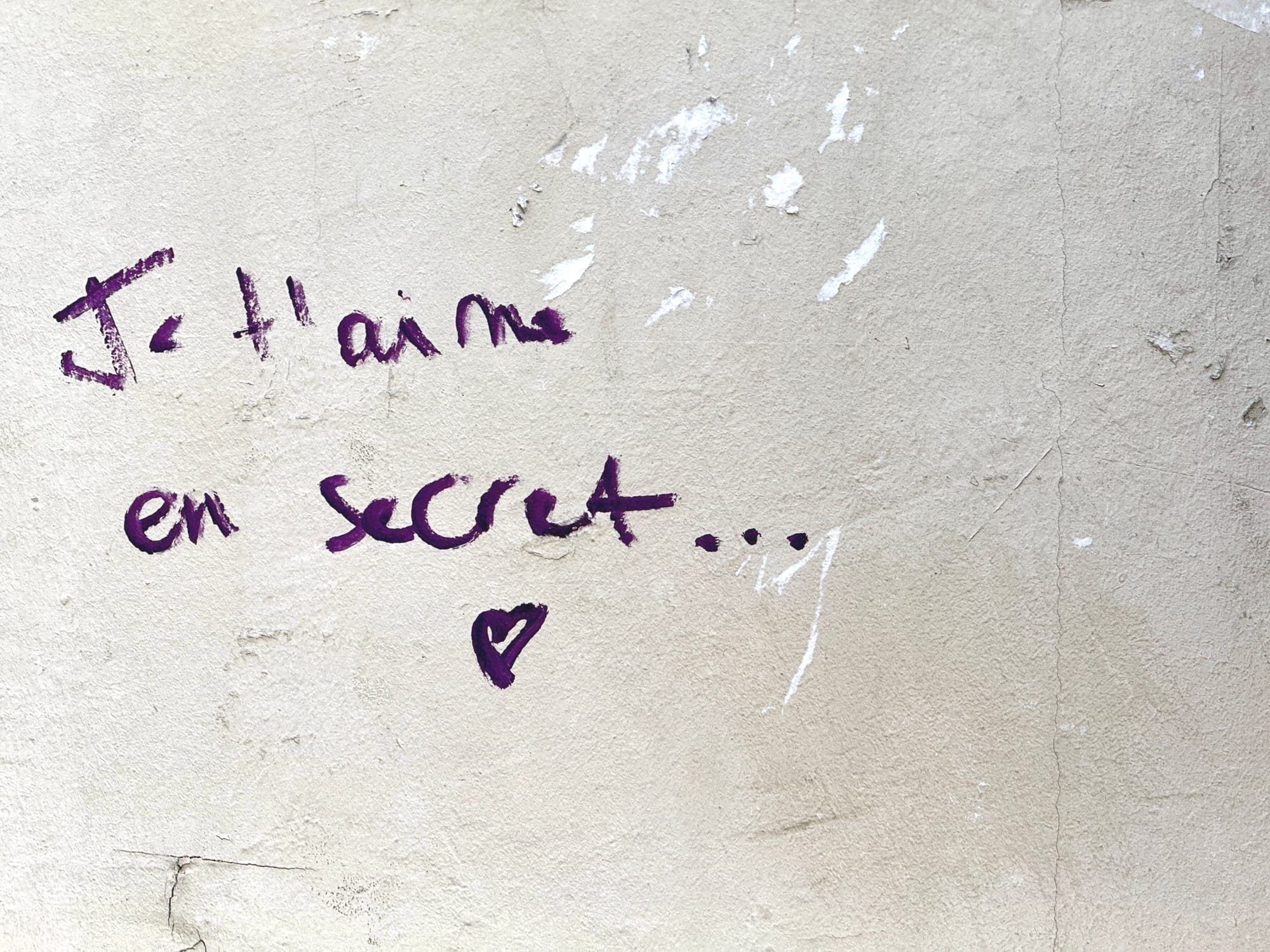
Also Coming Next Week Exclusively for Members - My Paris Sketchbook
The full sketchbook for Member's Only - plus travel tips and deeper insights into making your visit to Paris the trip of a lifetime.
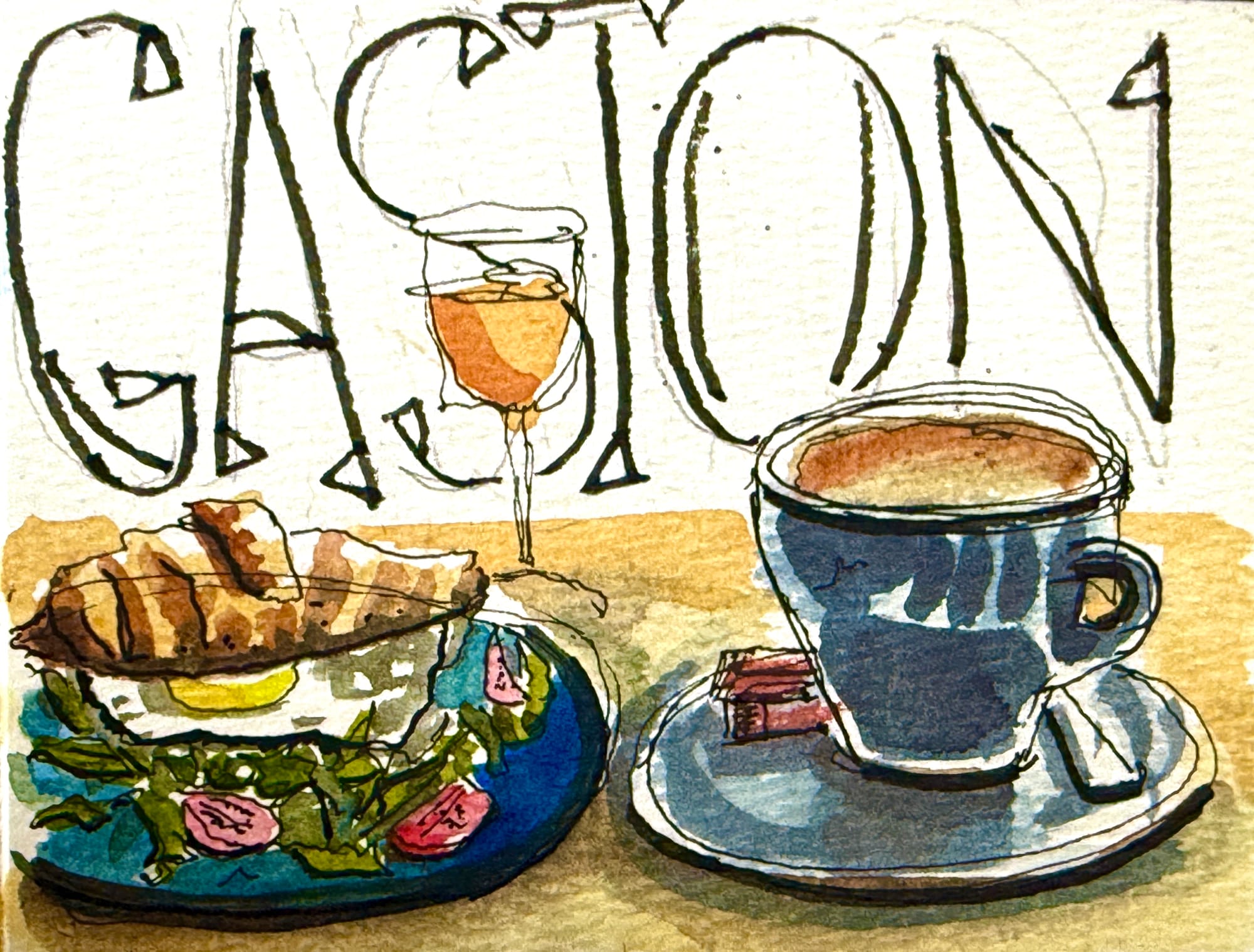
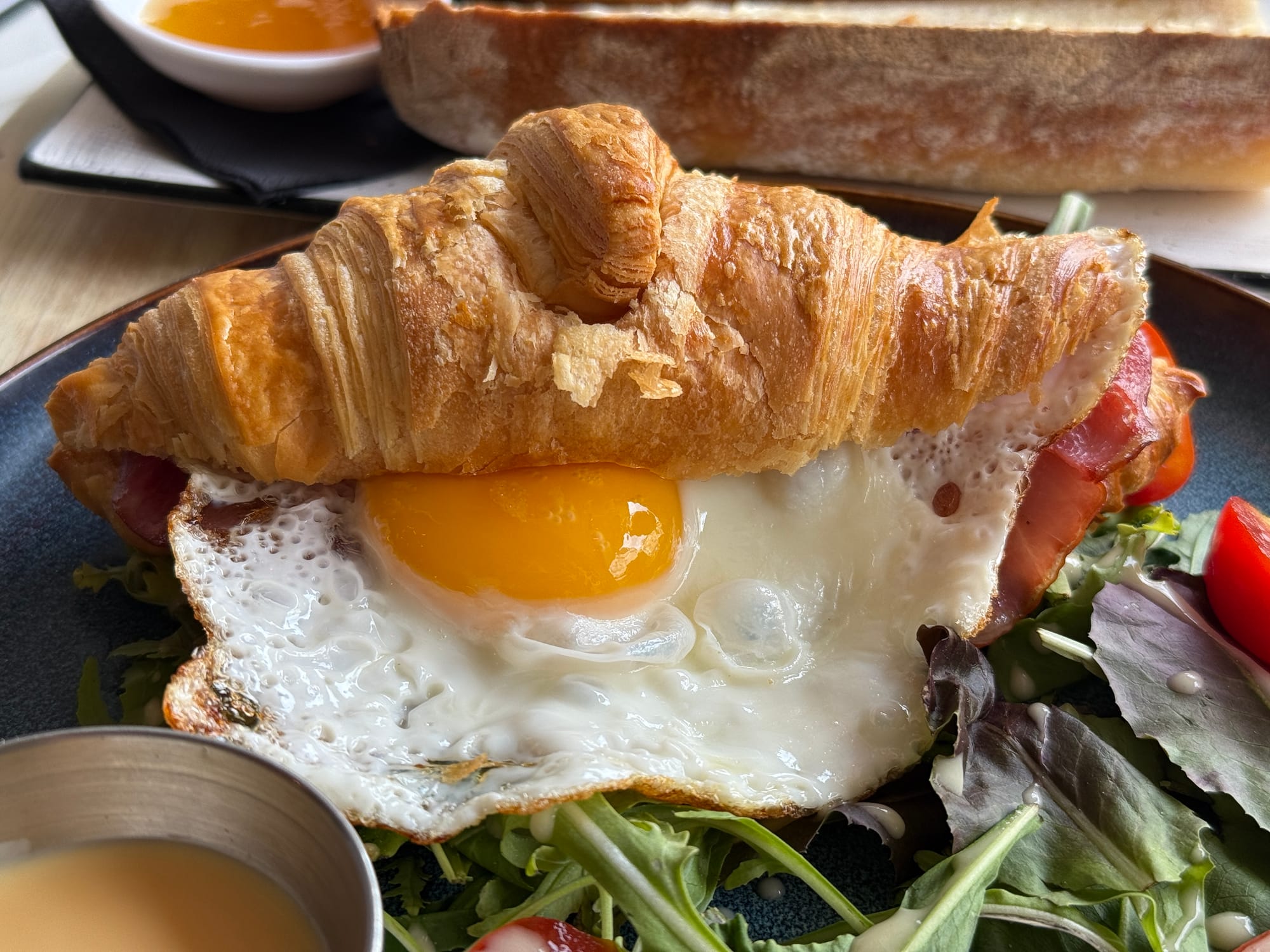
Thank You!
Photographs and words by Andy Marshall (unless otherwise stated). Most photographs are taken with Iphone 16 Pro and DJI Mini 3 Pro.
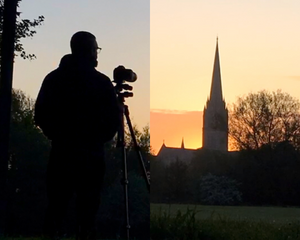
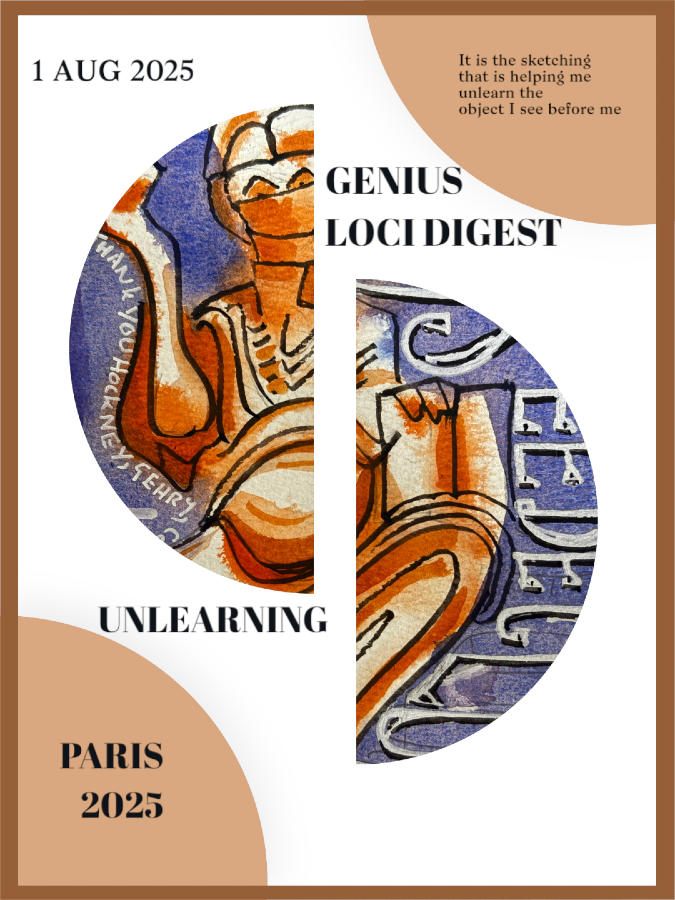

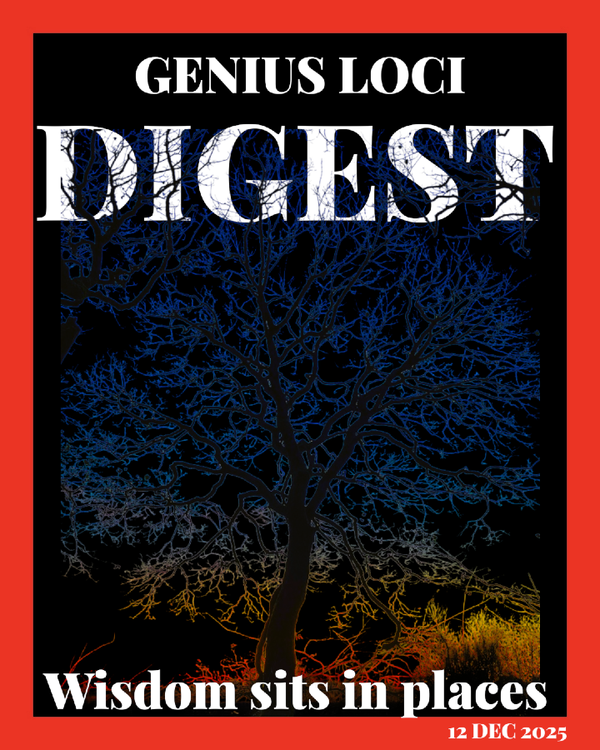
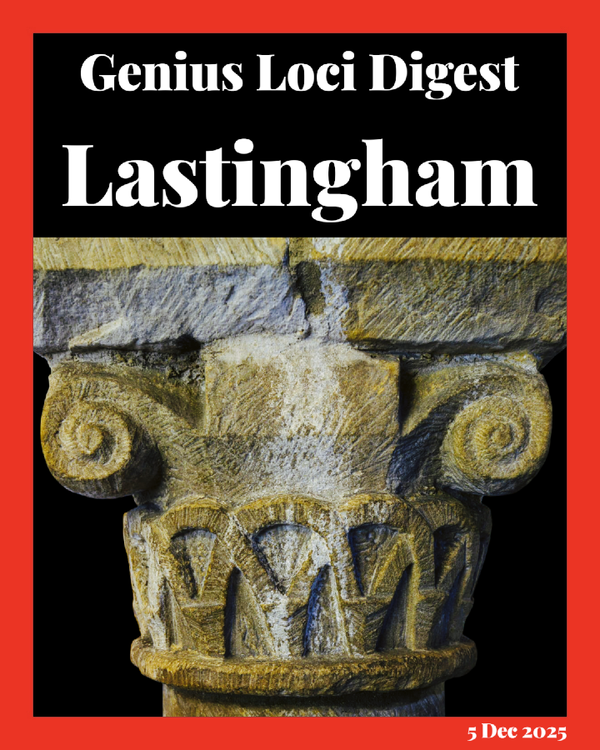
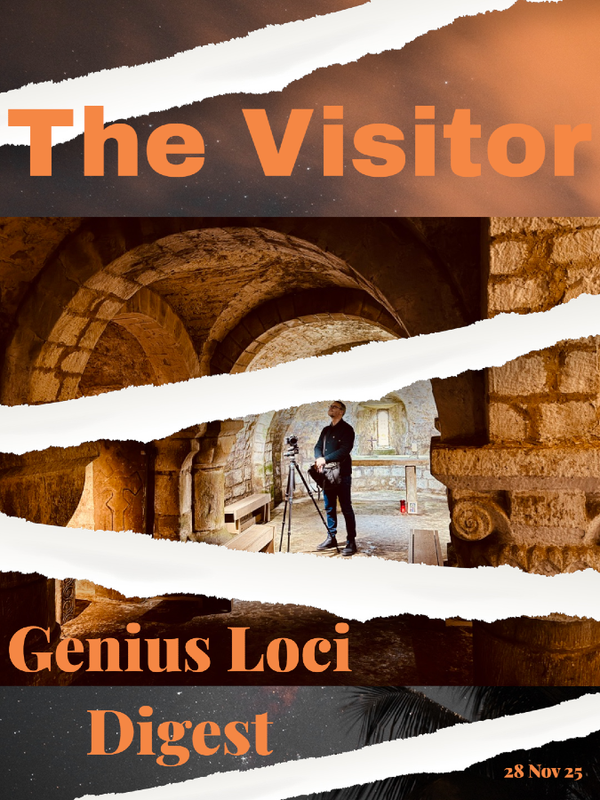

Member discussion